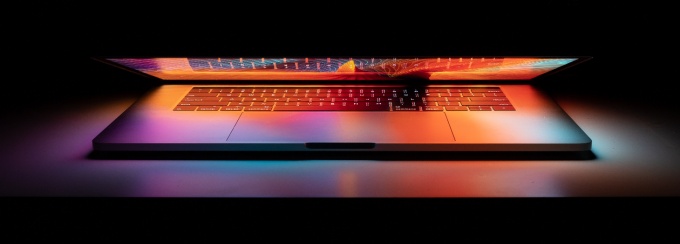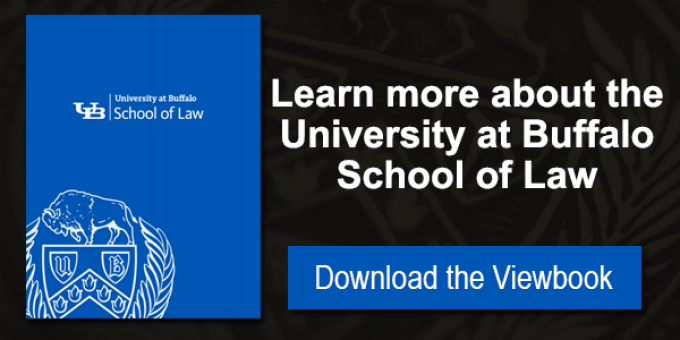
Photo by Tianyi Ma on Unsplash
What is the LSAT-Flex?
Published September 15, 2020 This content is archived.
In light of the COVID-19 public health emergency, the Law School Admission Council is offering an online, remotely proctored version of the LSAT — called the LSAT-Flex. In this blog you'll find out what to expect with the LSAT-Flex and how it differs from the original LSAT exam.
LSAT v. LSAT-Flex
The original LSAT (not the LSAT-Flex) consisted of five 35-minute sections of multiple-choice questions. Four of the five sections contributed to your score. These included one reading comprehension, one analytical reasoning, and two logical reasoning sections. The unscored section, usually referred to as the variable section, was used to pretest new questions or evaluate new test forms. The placement of this section varied, and you wouldn't know which section was unscored until you received your score report.
The LSAT-Flex consists of three sections, including one reading comprehension, one analytical reasoning, and one logical reasoning section. All LSAT-Flex test takers are monitored by live remote proctors via the camera and microphone in the test takers’ computers. The video and audio feeds are recorded in case further review is necessary.
In addition to sections mentioned above, the LSAT an LSAT-Flex both require a 35-minute, unscored writing sample. The writing sample, called LSAT Writing, is administered online using secure proctoring software but is done separately from the multiple choice portion of the LSAT.
Advantages
The LSAT-Flex is only three sections, which brings the total time of the test down to 2 hours from 3.5 hours. Some test-takers may find this as an advantage since they may have less test fatigue. Additionally, some may find their home or quiet place to be more relaxing than a test center. There is no chance of you getting lost or being stuck in traffic on the way to the test. Without the variable section, you know exactly what to expect on the day of the exam.
Another advantage of the LSAT-Flex is that it is offered on several days within a certain week, so there is some flexibility on what date you can take the exam.
Disadvantages
Having a fully remote exam comes with certain disadvantages for test-takers. Some people may find challenges with technology or having a quiet place to take the test. LSAC has addressed these issues by working with people to provide a proper computer/hardware or a quiet place to take the test, if needed. While LSAC is committed to ensuring the LSAT-Flex is accessible to all, there are deadlines for letting them know they you need equipment/a quiet place for them to accommodate.
Another disadvantage is that you must stay seated at your computer with your face in view for the entire duration of the test. Therefore, there are no breaks and you cannot go to the bathroom during the two hours. You will be monitored by a proctor through your computer webcam for the enitrety of the test. You will have to do a room scan for your proctor upon check in to ensure you have no prohibited devices in your vicinity during the exam.
Do what works for you
The LSAT-Flex is in place to give future law students the ability to take the LSAT during a global pandemic. It certainly comes with some drawbacks, but you must do what works for you. Whether that is waiting this thing out and pursuing law school after the pandemic or jumping in to studying for the LSAT, the choice is up to you!
Familiarize yourself with the LSAT FLEX website for an extensive list of frequently asked questions and answers.
As of today, the LSAT FLEX is being offered in October and November 2020, and LSAC is monitoring the ongoing COVID-19 pandemic to determine whether future tests will be remote or in-person.
Preparing to take the LSAT? Check out our LSAT Prep Workshop and Practice Test, offered remotely by Erin Decker ’16.
Also check out our other blog on How to Study for the LSAT on your Own.


